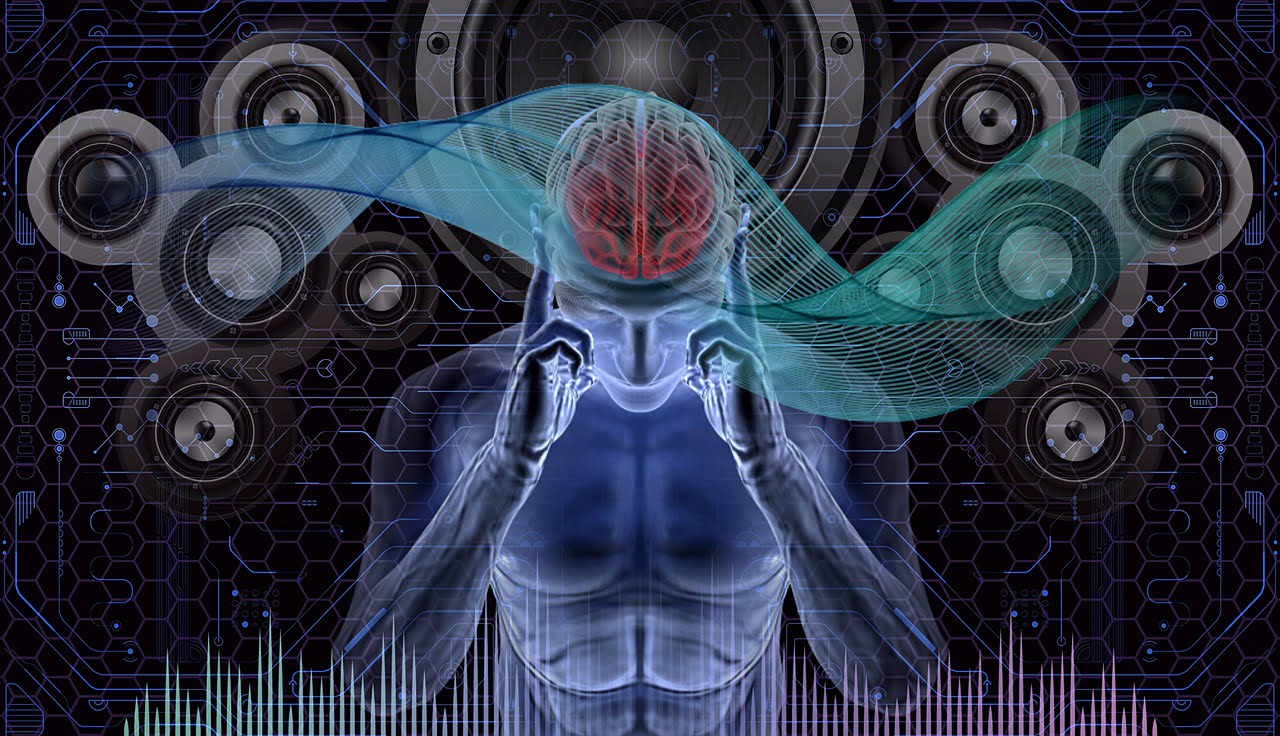Published on 10th January 2024 in Applied Psychophysiological Biofeedback
Understanding Rhythmic Attention
A robust body of evidence has emerged, confirming the presence of rhythmic fluctuations in attention. However, a critical aspect was unexplored: the impact of inter-individual variations in these attentional rhythms. This article delves into the intricacies of rhythmic attention and its connection to Attention Deficit/Hyperactivity Disorder (ADHD).
The ADHD Riddle: A Systematic Review
The primary objective of this review is to identify trends in the ADHD literature that could shed light on the nuanced differences in rhythmic attention among individuals. Through a meticulous systematic review of both rhythmic attention and electrophysiological ADHD research literature, a compelling pattern emerges. The spotlight falls on the commonly-reported difference in slow-wave power between ADHD subjects and controls, offering a potential key to understanding rhythmic attention.
Exploring Electrophysiological Signatures
Fifteen relevant studies were identified. The most consistent finding, surprisingly, is the absence of spectral power differences between ADHD subjects and controls. However, in these findings, an interesting trend was noticed.

The Dance of Frequencies: Delta, Theta, and Alpha
The prevailing trend points towards higher power in the delta and theta frequency bands and lower power in the alpha band. In the context of rhythmic attention, this hints at a potential slowing in the frequency and/or an increase in the amplitude of attentional oscillation within a subgroup of ADHD subjects.
Decoding Electrophysiological Modulation
Drawing connections between electrophysiological modulation and rhythmic attention. Could this characteristic electrophysiological modulation be indicative of a global slowing of the attentional rhythm and/or an increase in the rhythmic recruitment of neurons in frontal attention networks in individuals with ADHD?
Implications and Future Horizons: Bridging the Gaps
As we conclude this exploration, rhythmic attention and its connection to ADHD opens new avenues for understanding and potentially treating this complex disorder. Authors suggest a closer examination of individual differences in attentional rhythms and their broader implications for mental health.
Simplified Summary
Brain Activity Differences
The researchers reviewed a bunch of studies that looked at the brain activity of people with and without ADHD. They found that while most studies showed no big changes in the brain activity between the two groups, some studies did show that people with ADHD have more of a type of slow wave, called delta and theta waves, and less of another type, called alpha waves. This could mean that for some people with ADHD, their attention waves are slower and stronger in one part of the brain.
Implications for ADHD
In simple terms, this study suggests that for some people with ADHD, their brain activity during attention might be like slower and bigger waves, instead of faster and smaller waves, compared to people without ADHD. This could be a clue to understanding how attention works differently in people with ADHD.

Leave a Reply